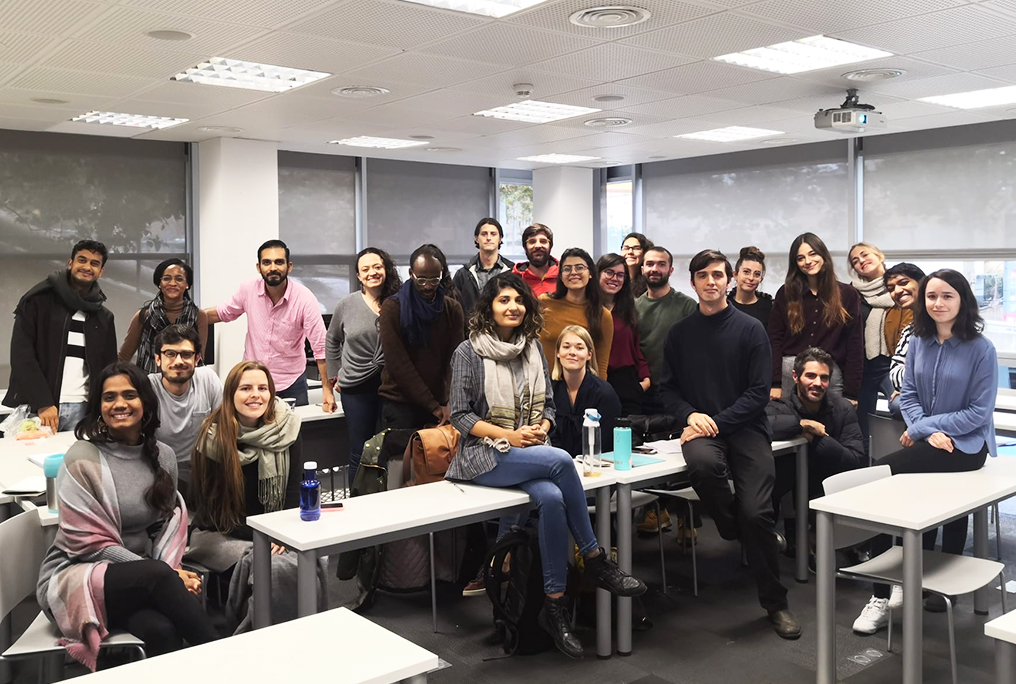 Alejandro de Castro returned this year as guest professor to teach the course “The visual bias: A history of urban design arguments at precarious areas”. De Castro coordinated GSAPP’s Latin Lab from 2010 to 2016 and is now a post-doctoral researcher at the Leibniz Institute of Ecological Urban and Regional Development.
Alejandro de Castro returned this year as guest professor to teach the course “The visual bias: A history of urban design arguments at precarious areas”. De Castro coordinated GSAPP’s Latin Lab from 2010 to 2016 and is now a post-doctoral researcher at the Leibniz Institute of Ecological Urban and Regional Development.
 Cerros de Caracas, Image: fraymifoto, Creative Commons Licensed
Cerros de Caracas, Image: fraymifoto, Creative Commons Licensed
The aim of the workshop was to respond to the knowledge gap regarding the growth and resilience of slums that currently exists within spatial disciplines, despite a number of widely recognised urban design interventions implemented in informal settlements throughout the world. The students debated key issues of international development, planning and architecture, reflecting a historical controversy in addressing informality, and assessed the role of design in solving social problems tied to poverty and inequality.
A particular focus of the workshop was to test the ability of design arguments to operate within a problem-solving framework that increases the performance of architectural and urban interventions in slums. Our students took a close look at the models of urban design practice that are at play within informal settlements. Furthermore, they undertook an analysis of the decision-making processes and institutional stakeholders involved in their implementation, and the methods and metrics used to identify problems, strategies, and solutions.

“When looking at interventions in informal settlements, instead of accepting claims without proof, we need to ask ourselves: What problem is the physical object solving? Relational problems such as segregation need to be addressed on a small, intermediate and large scale. Complex problems cannot be solved in a simplistic manner,” de Castro pointed out during the seminar.
 Here is just a small selection of the key readings for the preparation of the workshop:
Here is just a small selection of the key readings for the preparation of the workshop:
Gilbert, A. (2007). The Return of the Slum: Does Language Matter?
Catling, Charlotte (2014). Damned if you do, damned if you don’t – What is the moral duty of the architect?
Hancox, Dan (2014). Enough Slum Porn: The Global North’s Fetishisation of Poverty Architecture must End.
Turner, John (1968). The Squatter Settlement: An Architecture that Works.
Image: Torre de David, Caracas, Eneas de Troya, Creative Commons Licensed

